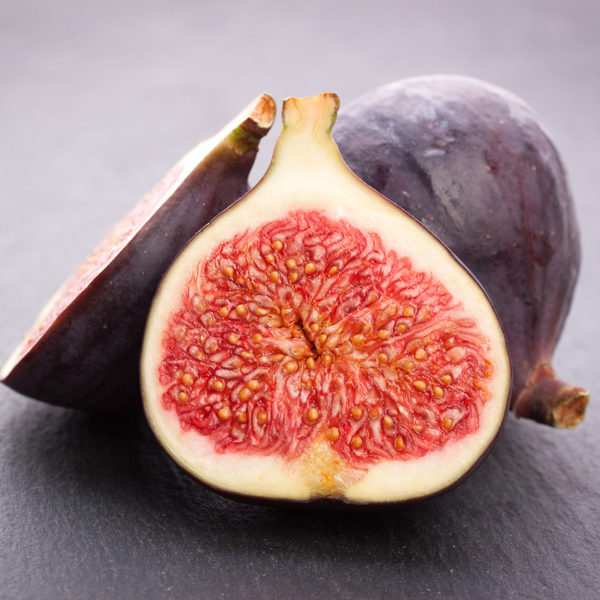Healthy weight management is crucial in the endeavour of health and longevity.
Carrying too much weight can greatly affect the health of the cardiovascular, musculoskeletal, and endocrine systems. This can cause an increased risk of high blood pressure, high cholesterol levels, and risk of heart disease and stroke. Obesity can also increase the risk of type 2 diabetes, some cancers and osteoarthritis.
Weight loss and healthy weight management is crucial in:
- Reducing inflammation and oxidative damage
- Increasing insulin sensitivity
- Lowering blood pressure
- Improving lipid profile
- Increasing energy allowing for more exercise

Increasing fibre in the diet is an excellent adjunctive to losing weight, it not only keeps you feeling fuller for longer, it allows for the reduction of cholesterol along with assisting in speeding up transit time of the gastrointestinal tract, ensuring you are kept regular.
Fig fruit powder is an excellent source of both soluble and insoluble fibre as well as having a gentle laxative effect, relieving constipation and helping to cleanse the colon. Figs have also been shown to have antispasmodic effects assisting in easing bowel cramps and gut motility issues.(1) Figs are very high in calcium, and contain beneficial amounts of potassium, manganese, vitamin B6 and vitamin K. They are also very high in polyphenol antioxidants, which are higher in dried figs than fresh.(2) These antioxidants properties have been demonstrated in both human and laboratory studies. (3)
Including a blend of different fibres such as cane fibre, chia flour, psyllium powder, glucommanan powder, carob powder, and fermented rice bran, can increase satiety and give off all of the above-mentioned benefits.

Other dietary measures that should be altered to ensure the reduction of weight or in the maintenance of healthy weight include:
- Decreasing refined/simple carbohydrates such as white bread/pasta/rice, sugar, potato chips, biscuits, soft drinks, cakes, fruit juice and fast/takeaway foods.
- Reducing inflammatory foods from the diet as inflammation is greatly increased in obesity. Foods such as sugar, trans fats and damaged fats, over processed foods, excessive alcohol intake, and gluten/dairy in some individuals.
- Consuming low glycaemic load foods.
- Increasing good quality proteins.
- Decreasing portion sizes and snack frequency.
- Promoting gut health and healthy bowel function.
- Increasing the consumption of water.
- Gilani AH, Mehmood MH, Janbaz KH, Khan AU, Saeed SA (2008). Ethnophramacological studies on antispasmodic and anti-platelet activities of Ficus Carica. J Ethnopharmacol; 119:1-5.
- Solomon A, Golubowicz S, Yablowicz Z, Grossman S, Bergman M, Gottlieb HE, Altman A, Kerem Z, Flaishman MA (2006). Antioxidant activities and anthocyanin content of fresh fruits of common fig (Ficus carica L.). J Agric Food Chem; 54:7717-7723.
- Vinson JA, Zubik L, Bose P, Samman N, Proch J (2005). Dried fruits excellent in vitro and in vivo antioxidants. J Am Coll Nutr; 24: 44-50.


